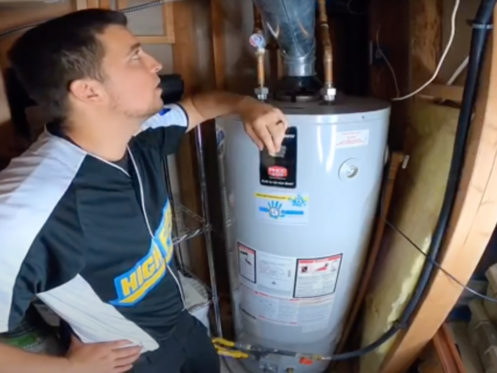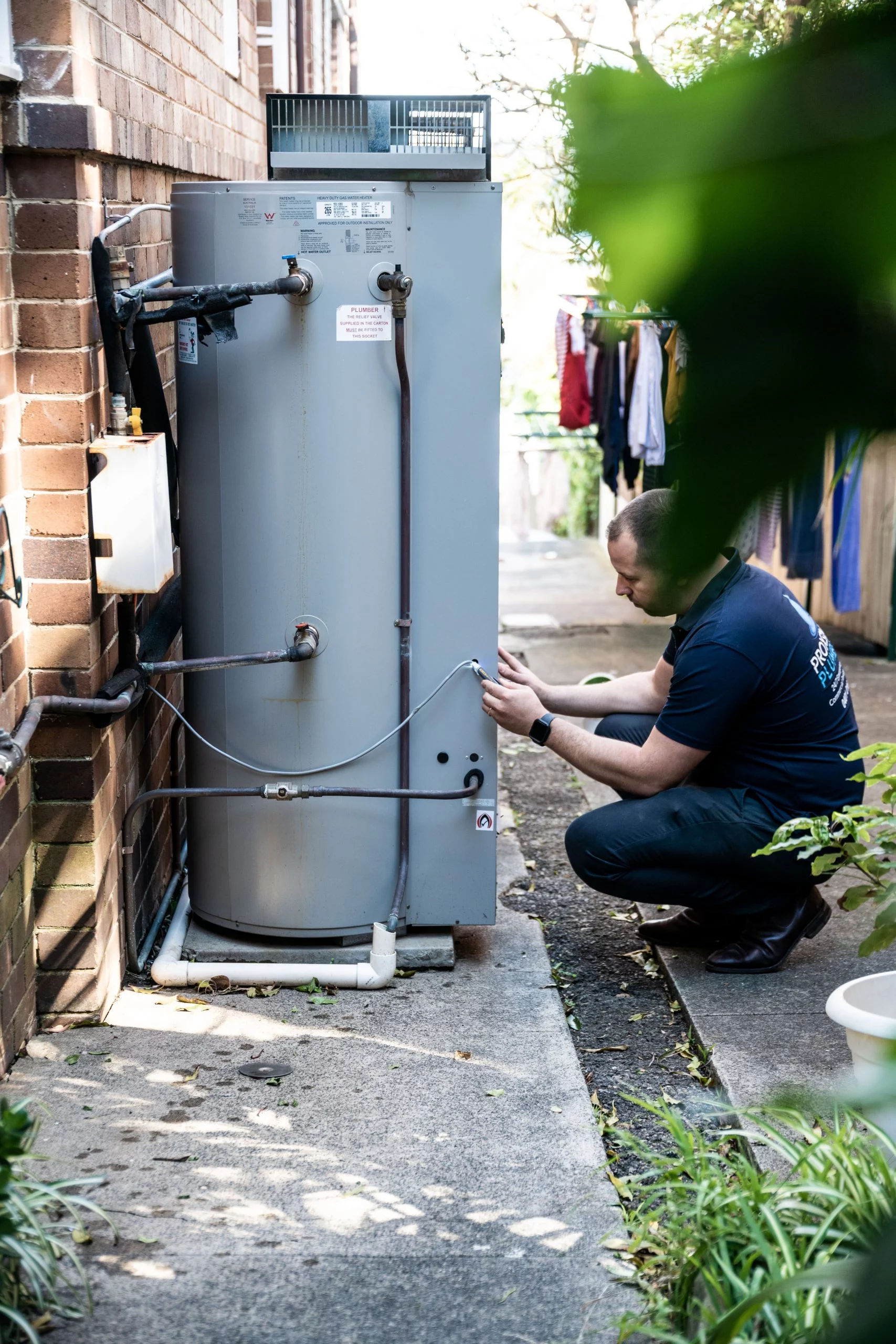Steps to Successfully Care for Your Home's Hot Water System
Steps to Successfully Care for Your Home's Hot Water System
Blog Article
Just how do you feel in relation to What Kind of Maintenance Do Water Heaters Need??

Warm water is necessary for daily convenience, whether it's for a rejuvenating shower or cleaning dishes. To guarantee your warm water system runs effectively and lasts much longer, normal maintenance is essential. This short article supplies functional tips and insights on exactly how to keep your home's hot water system to prevent disturbances and costly repair work.
Intro
Preserving your home's warm water system might seem overwhelming, yet with a few straightforward steps, you can ensure it runs efficiently for years to find. This overview covers every little thing from understanding your hot water system to DIY maintenance tips and recognizing when to contact professional assistance.
Significance of Preserving Your Warm Water System
Normal upkeep not just expands the life-span of your warm water system yet additionally guarantees it runs effectively. Ignoring maintenance can result in reduced effectiveness, higher energy bills, and even premature failure of the system.
Indicators Your Warm Water System Demands Upkeep
Understanding when your hot water system needs attention can prevent significant concerns. Keep an eye out for indications such as inconsistent water temperature, strange sounds from the heating system, or rustic water.
Comprehending Your Warm Water System
Prior to diving right into maintenance tasks, it's helpful to recognize the standard elements of your warm water system. Normally, this includes the water heater itself, pipes, anode poles, and temperature level controls.
Regular Monthly Maintenance Tasks
Normal regular monthly checks can assist catch small problems before they escalate.
Purging the Water Heater
Flushing your water heater removes debris accumulation, improving efficiency and extending its life.
Checking and Changing Anode Rods
Anode poles avoid corrosion inside the container. Checking and replacing them when broken is important.
Examining and Readjusting Temperature Level Settings
Readjusting the temperature settings makes certain optimal efficiency and security.
DIY Tips for Upkeep
You can carry out numerous upkeep tasks on your own to keep your warm water system in top problem.
Checking for Leaks
Regularly evaluate pipes and connections for leaks, as these can lead to water damages and higher bills.
Testing Stress Alleviation Valves
Examining the stress safety valve guarantees it functions correctly and protects against extreme pressure build-up.
Protecting Pipelines
Protecting hot water pipelines minimizes heat loss and can conserve energy.
When to Call a Professional
While do it yourself maintenance is advantageous, some problems require specialist know-how.
Complex Problems Requiring Specialist Assistance
Instances include significant leaks, electric troubles, or if your water heater is consistently underperforming.
Routine Specialist Maintenance Advantages
Specialist maintenance can consist of extensive inspections, tune-ups, and guaranteeing conformity with safety and security requirements.
Verdict
Regular maintenance of your home's warm water system is crucial for effectiveness, long life, and expense savings. By complying with these tips and recognizing when to seek specialist aid, you can make sure a dependable supply of warm water without unforeseen disturbances.
How to Maintain an Instant Hot Water Heater
Before tinkering with your hot water heater, make sure that it’s not powered on. You also have to turn off the main circuit breaker and shut off the main gas line to prevent accidents. Also turn off the water valves connected to your unit to prevent water from flowing into and out of the appliance. 2. When you’re done, you have to detach the purge valves’ caps. These look like the letter “T†and are situated on either side of the water valves. Doing so will release any pressure that has accumulated inside the valves while at the same time avoid hot water from shooting out and burning your skin. 3. When the purge valves’ caps are removed, you have to connect your hosing lines to the valves. Your unit should have come with three hoses but if it didn’t, you can purchase these things from any hardware or home repair shops. You can also get them from retail stores that sell water heating systems. Read the user’s manual and follow it to complete this task properly. When the hosing lines are connected, open the purge port’s valves. 4. You should never use harsh chemical cleaners or solutions when cleaning your unit. Make use of white vinegar instead. It should be undiluted and you’ll probably use about 2 gallons. 5. Now flush your water heater. This task should probably take about 40 minutes. We can’t give you specific directions for this because the procedure is carried out depending on the type, model and brand of your heater. With that being said, refer to the user’s manual. 6. When you’re done draining the unit, you have to turn off the purge port valves again. Remove the hosing lines that you earlier installed on each of the water valves. Put the valve caps (purge port) back in their respective places and be very careful so as not to damage the rubber discs that are found inside these caps. 7. Now that everything’s back in place, check your user’s manual again to find out how to reactivate your water heating system. 8. Once it is working, turn one of your hot water faucets on just to let air pass through the heater’s water supply pipes. Leave the tap on until water flows smoothly out of it. https://www.orrplumbing.com/blog/2014/september/how-to-maintain-an-instant-hot-water-heater/

As a serious reader on How to Maintain Your Water Heater & Prolong its Life, I figured sharing that excerpt was worthwhile. Sharing is good. Helping people is fun. Kudos for your time. Don't hesitate to check our site back soon.
Get Quote Report this page